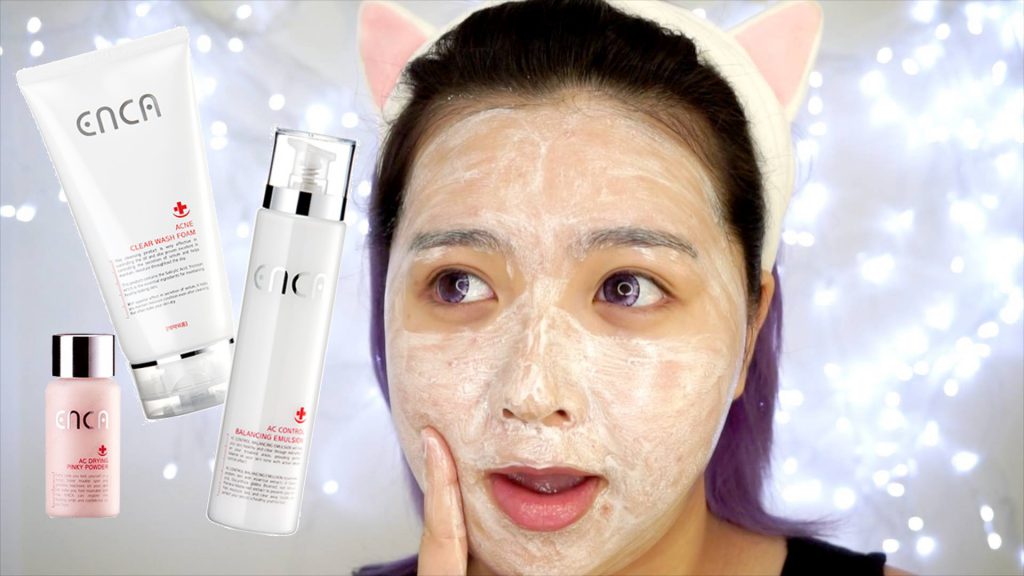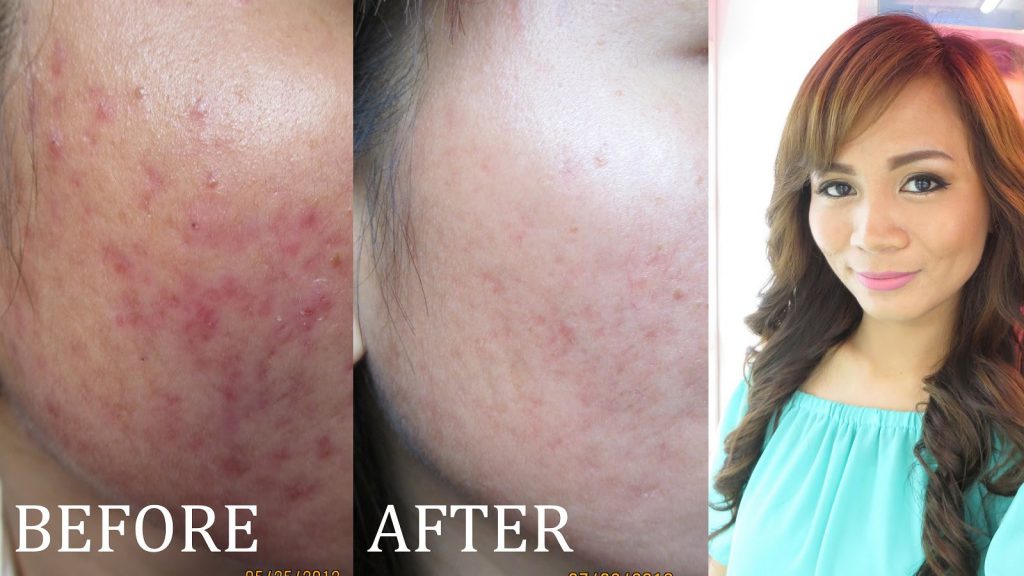Acne Treatment – Past to Present
The first acne treatments developed by Dermatologists, way back in the 1800s, differ little from some over-the-counter medications you can pick up today in almost any drugstore. Sulfur was used, along with other irritants, to dry out the skin causing the blemish to peel and loosen impaction in clogged pores.
By the 1940’s and 1950’s drying lotions included anti-bacterial ingredients along with sulfur. The main problem with sulfur was that, although it did get results, it normally tended to lose efficacy with prolonged use. It’s been shown that the skin quickly adjust to the active ingredients.
It wasn’t until the use of the first antibiotic, penicillin, in acne medications that more effective antibacterial treatments came into use. However, penicillin turned out to have very little effect on acne, although it would circulate in the bloodstream it would not get into the skin. Fortunately, other antibiotics were discovered (namely tetracycline) that did penetrate into the skin. This medication, along with clindamycin and erythromycin became the preferred acne treatment for several decades.
Benzoyl peroxide has been in use for the treatment of acne since the 1920’s when it’s treatment efficacy was discovered by Jack Breitbart of Revlon laboratories. It became available as both an over-the-counter treatment and through prescription (at higher strengths). Its long lasting popularity is credited to its antibacterial properties and its affects as a peeling agent. Benzoyl peroxide also limited the secretion of certain oils that contained fatty acids known to contribute to acne flare-ups.
Vitamin A acid (Retin-A) was developed in the late 60’s and became another important acne treatment when it came to the market in the early 1970s. Vitamin A helps acne by normalizing exfoliation inside the follicle which helps to reduce the formation of blackheads, whiteheads and other acne lesions. However, many patients have experienced significant swelling and redness in the first few weeks of use, this causes some patients to stop using it.
This has been a problem with many traditional acne treatments, they can cause extreme irritation and are proinflammatory. It seems contradictory that the cure is similar to the problem – both were inflammatory.
Building on the discovery of vitamin A, the retinoic acid derivative isotretinoin was released in 1982. Known by the trade name Accutane it has been proven effective for the treatment of an extreme form of acne known as cystic or nodular acne. It is normally taken over a 20 week course and for those affected by severe cases it has proven nothing short of a miracle. However, it has a number of possible severe side effects such as: a sudden inability to see at night (so night driving can be dangerous), intra-cranial pressure, inflammation of the liver and severe birth defects.
Oral contraceptives have also proven effective for women with acne. They work by normalizing hormonal surges that can cause acne.
Alpha hydroxy acids, such as glycolic acid and citric acid are other over-the-counter acne treatments. They proved effective at increasing the shedding of skin cells, this helps to clear out blocked follicles. They are also popular for their antibacterial and anti-inflammatory properties.
In addition to these, acne patients have been subjected to some other unusual treatments in search of a cure. Over 50years ago X-ray was used by German physicians to treat their acne patients. It was considered extremely effective at drying up the oil glands, it was even used to remove facial hair. Fast forward to today and this therapy, used on many thousands of patients, is known to have caused multiple skin cancers and cancer of the thyroid in these patients from the radiation.
Acne Treatment – Past to Present by David C Mitchell




